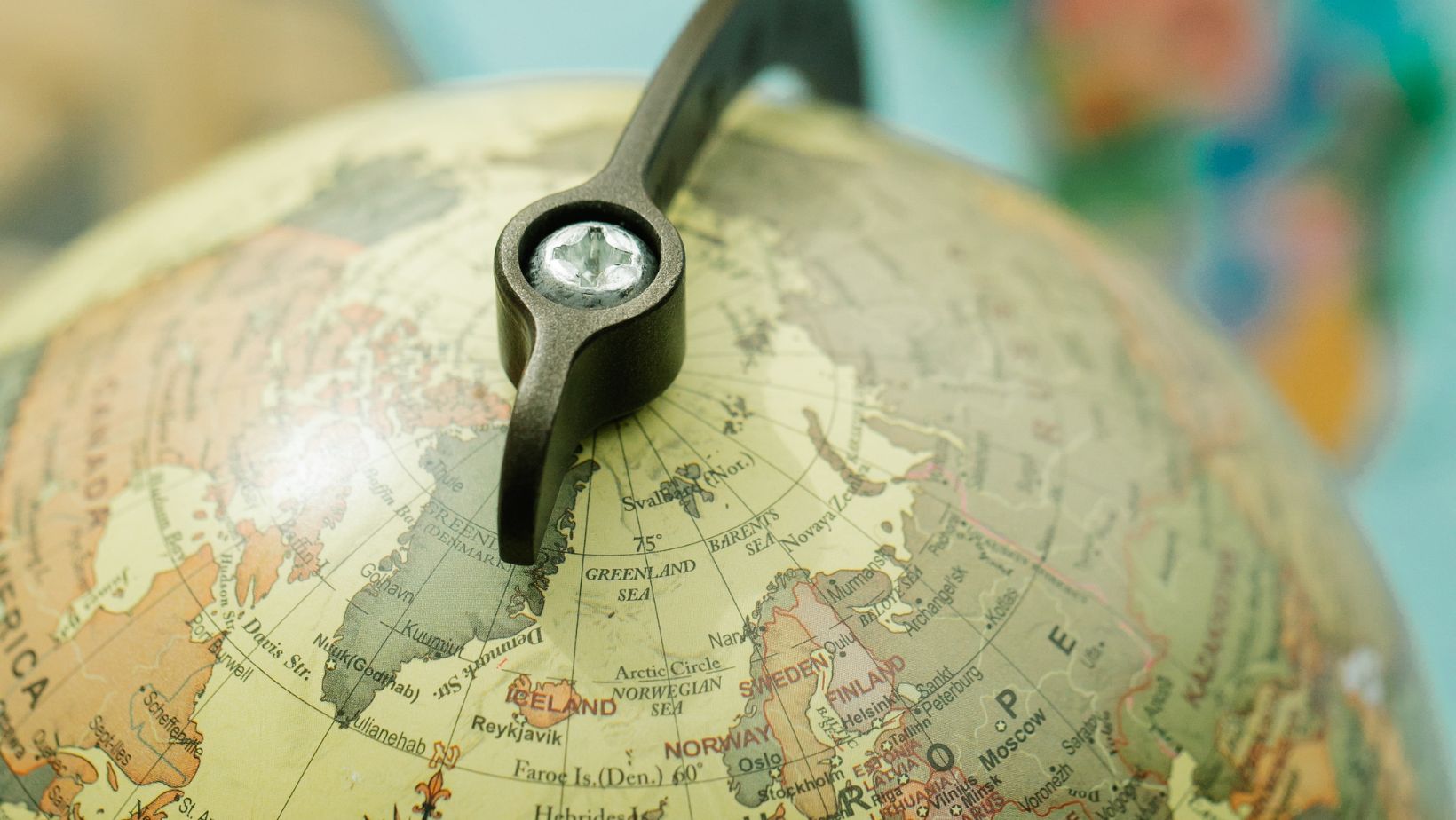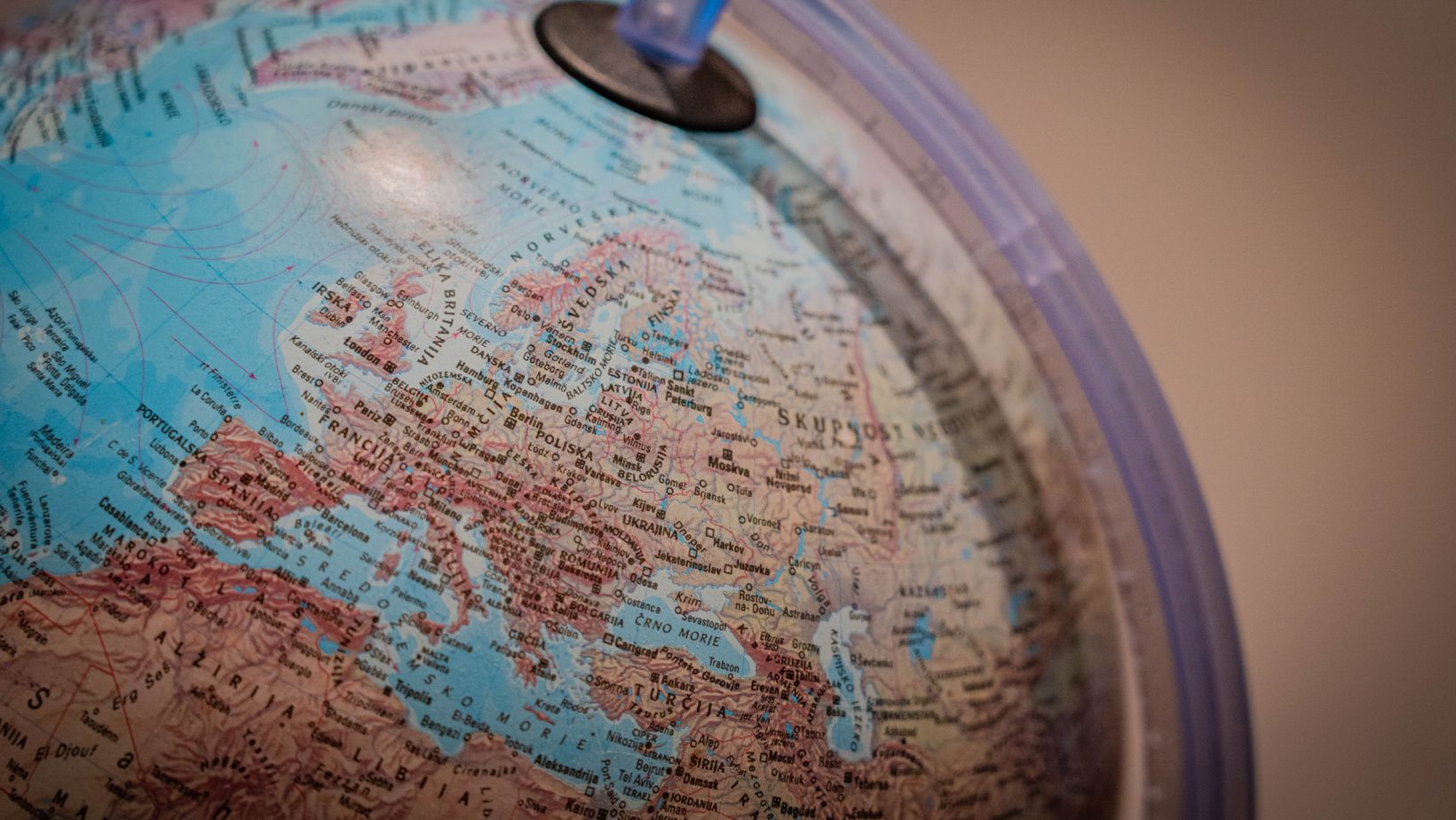Image: Dreamstime Stock Images
In an era where every traveler is a content creator, photography has become a near-universal part of exploring the world. From quiet villages to iconic landmarks, the instinct to raise a camera and capture the moment feels natural—almost expected.
But just because we can take a photo doesn’t always mean we should.
Around the world, photography carries different meanings. A camera can be seen as a harmless curiosity, an invasive tool, a sign of admiration—or even a threat. What feels like a quick snapshot to you may feel exploitative or disrespectful to someone else.
Understanding global photography etiquette isn’t just about avoiding offense—it’s about being a better traveler, a more mindful storyteller, and a more ethical human being.
So, whether you’re carrying a pro-level DSLR or snapping with your phone, here are essential travel photography etiquette tips to help you capture the world with empathy and respect.
1. Ask First, Always
This rule is universal and simple: if you want to photograph a person, ask for their permission first.

While this may seem like common sense, it’s often overlooked—especially in busy markets or culturally rich settings where travelers are eager to capture candid moments. But imagine if someone walked up to you in your hometown, raised a camera, and snapped away without saying a word. You’d feel uncomfortable, too.
Here’s how to do it respectfully:
- Make eye contact and smile first.
- Use hand gestures or learn a few local words like “May I take your photo?”
- Be okay with a “no,” and thank them regardless.
- If they say yes, show them the photo afterward—it’s a gesture of appreciation.
In some places, people may expect or request a small tip or token in exchange for their portrait. If you’re comfortable with that exchange, carry small bills or goods. If not, politely decline and move on.
2. Know What’s Off-Limits Before You Go
In many countries, certain subjects are strictly off-limits for photography. This could include:
- Government buildings or military sites
- Police officers or security personnel
- Religious ceremonies or sacred spaces
- Private homes or tribal communities
- Border areas or transportation hubs
In some regions, violating these rules can lead to confiscated equipment, fines, or legal trouble.
Before traveling, research local laws and customs. Travel forums, guidebooks, or local photographers’ blogs are great resources. And when in doubt, ask a local guide or hotel staff.
Remember: sometimes the best shot is the one you don’t take.
3. Understand the Cultural Context
Photography carries different connotations around the world.
In some cultures, people believe a photo can steal their spirit or invite misfortune. In others, being photographed may feel like a loss of privacy or dignity—especially for women, elders, or religious figures.
Even gestures and expressions vary. A smile may be seen as friendly in one place and inappropriate in another. A “thumbs up” can be offensive in certain countries.
Tips to stay culturally aware:
- Study the customs of the country you’re visiting.
- Be especially sensitive when photographing children or religious figures.
- Dress modestly and behave respectfully, especially in rural or conservative areas.
- Avoid making assumptions based on how people look—approach everyone with equal courtesy.
4. Be Present First, Then Photograph
It’s easy to fall into the trap of seeing every experience through the lens—especially when visiting famous landmarks or vibrant festivals. But when you’re constantly framing and snapping, you risk missing the essence of the moment.
Be present first.
Watch the ceremony before you shoot it. Listen to the music before you record it. Observe how locals engage with a space before you step in to capture it.
Let your photography be a reflection of your connection—not a barrier to it.
Bonus: when you move slower and tune in, your photos will likely become more thoughtful and impactful.
5. Avoid Stereotyping or Exploitation
Some of the most harmful travel images are the ones that reduce people to stereotypes or strip them of context.
For example:
- Repeatedly photographing people in “traditional” dress just for visual contrast
- Posting images of poverty without acknowledging the person’s dignity
- Only showing “exotic” elements of a culture while ignoring the modern or everyday
Ask yourself:
- Does this image empower the subject, or objectify them?
- Am I sharing this photo for storytelling, or spectacle?
- Would I feel comfortable being photographed this way by a stranger?
Whenever possible, provide context. A few words in your caption or blog can make all the difference between exploitation and education.
6. Practice Discretion in Sacred Spaces
Temples, mosques, shrines, and churches are often visually stunning—but they’re first and foremost places of worship, not photo ops.
Some sacred spaces allow photography, others don’t. And even when it’s permitted, discretion is essential.
General guidelines:
- Never photograph people in prayer without permission.
- Don’t use flash or loud shutter clicks.
- Dress appropriately and observe posted signs.
- Put your camera down during moments of silence, ritual, or mourning.
Better yet, ask a local or guide for advice on how to respectfully document the site.
7. Share Responsibly
The ethics of travel photography don’t end when you leave the country—they follow you home, too.
When sharing photos online or in print, be mindful of:
- Privacy: Avoid posting identifiable images of people who haven’t given permission.
- Context: Provide accurate information about the place and people shown.
- Impact: Consider how your photo might shape others’ perceptions of the culture or region.
It’s easy to fall into the trap of using photos purely for aesthetics. But if your goal is to share stories, inspire connection, or raise awareness, make sure your captions and framing reflect that intention.
And if your photography has commercial intent (e.g., stock photos, blogs, brand campaigns), it’s crucial to secure model and property releases where necessary.
8. Give Back When You Can
Photography is often a one-sided exchange—you take a photo, and you walk away with a memory or product. But meaningful photography offers reciprocity.

Here’s how to give back:
- Offer to send printed or digital copies to people you photograph.
- Tip performers, artisans, or guides if they appear in your work.
- Support local businesses featured in your imagery.
- Donate to community organizations if your work highlights social or environmental issues.
Even small gestures—like tagging an artist or returning to share photos—can create connection and mutual appreciation.
9. Be Invisible When Necessary
Sometimes, the best way to be respectful is to make yourself invisible.
If you’re photographing in a busy public space, avoid blocking footpaths, standing on furniture, or disrupting the environment just for a better angle. Move quietly, avoid drawing attention to yourself, and respect the flow of local life.
You’re a guest—your camera should never interrupt someone else’s moment.
10. Remember That Not Every Moment Is Yours to Photograph
Some moments belong to the people experiencing them—not to your camera roll.
Whether it’s a quiet family ritual, a moment of grief, or a sacred festival not meant for outsiders, remind yourself: your lens doesn’t give you ownership of every experience.
Sometimes the most ethical choice is to put the camera down and simply witness.
Final Thoughts
Photography is one of the most powerful tools we have as travelers. It allows us to celebrate culture, preserve memory, and connect across language and borders. But with that power comes responsibility.
When you photograph with empathy, awareness, and humility, you’re not just taking pictures—you’re building bridges.
So on your next journey, shoot thoughtfully. Ask kindly. Share responsibly. And always—always—remember that the most meaningful images are rooted in respect.







